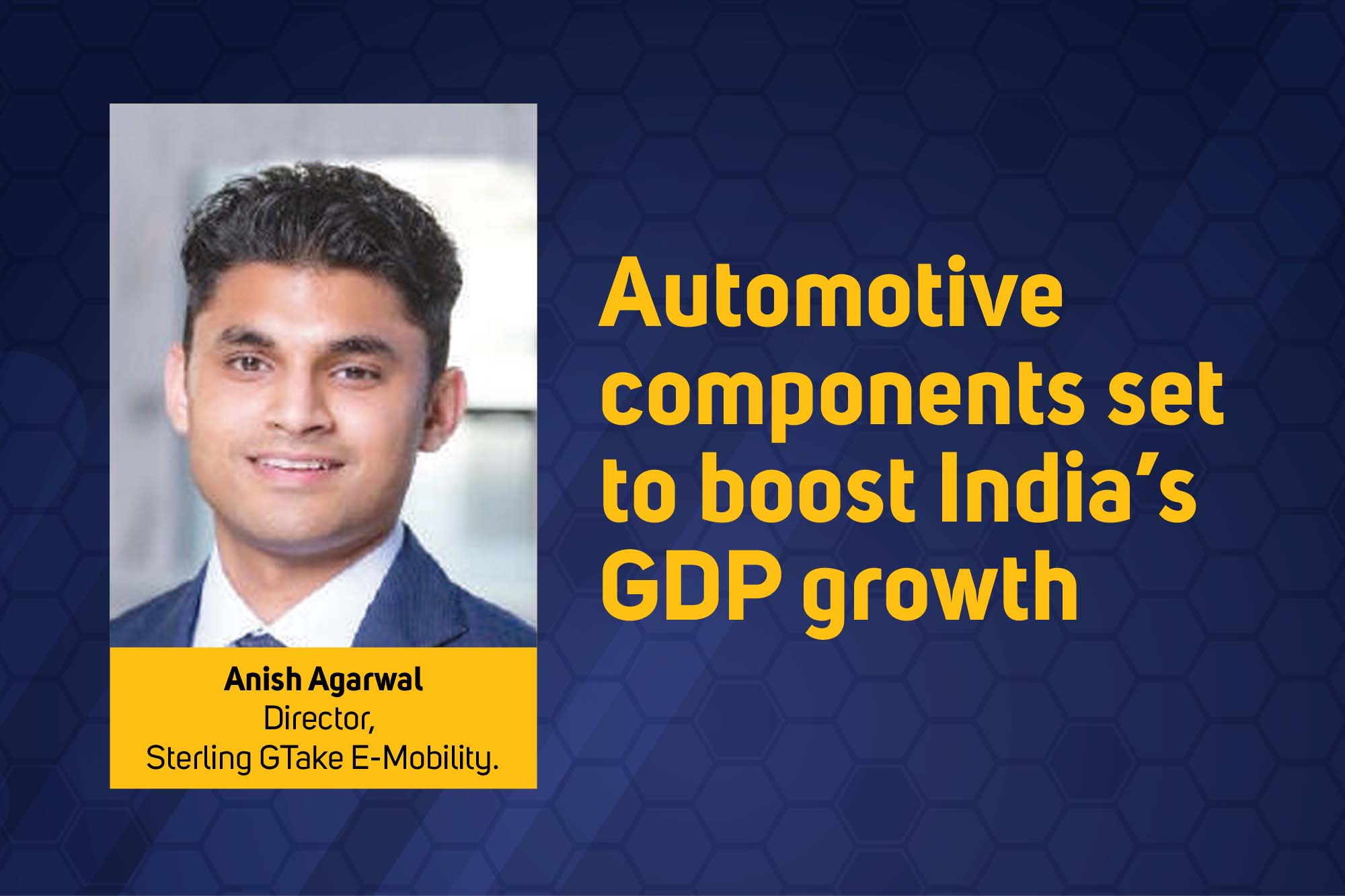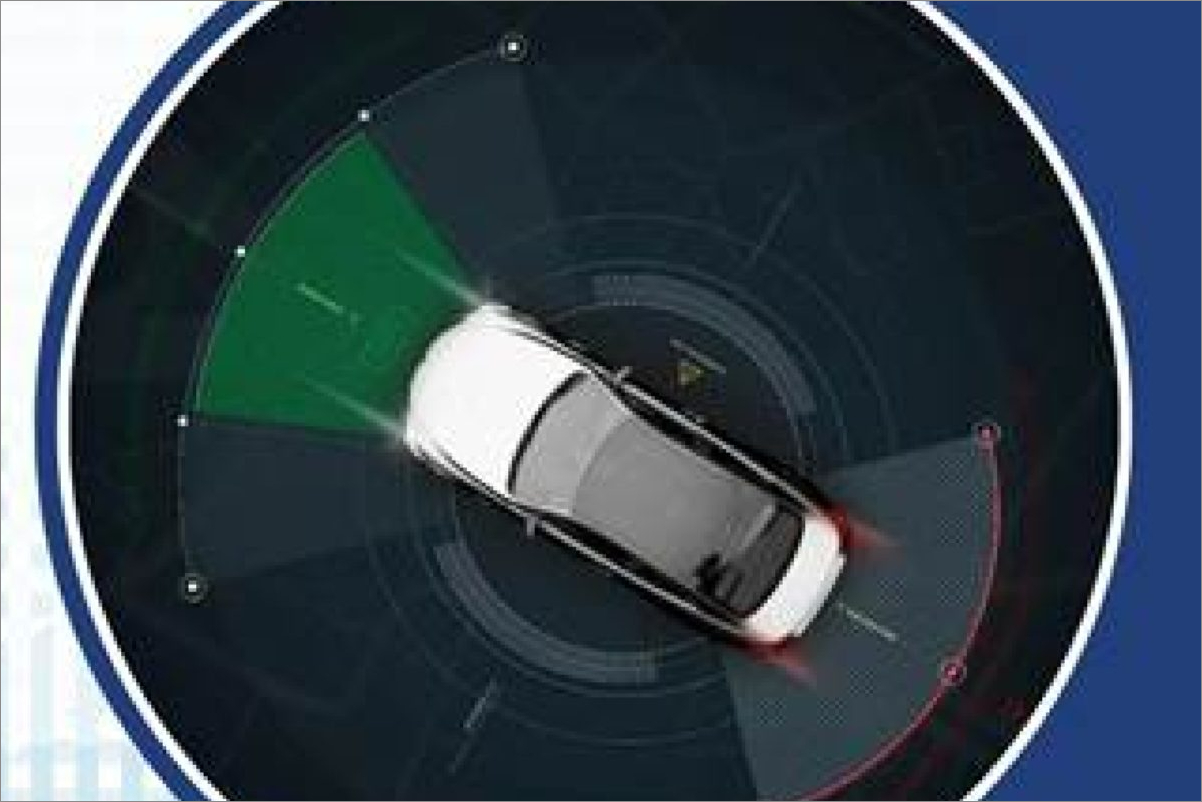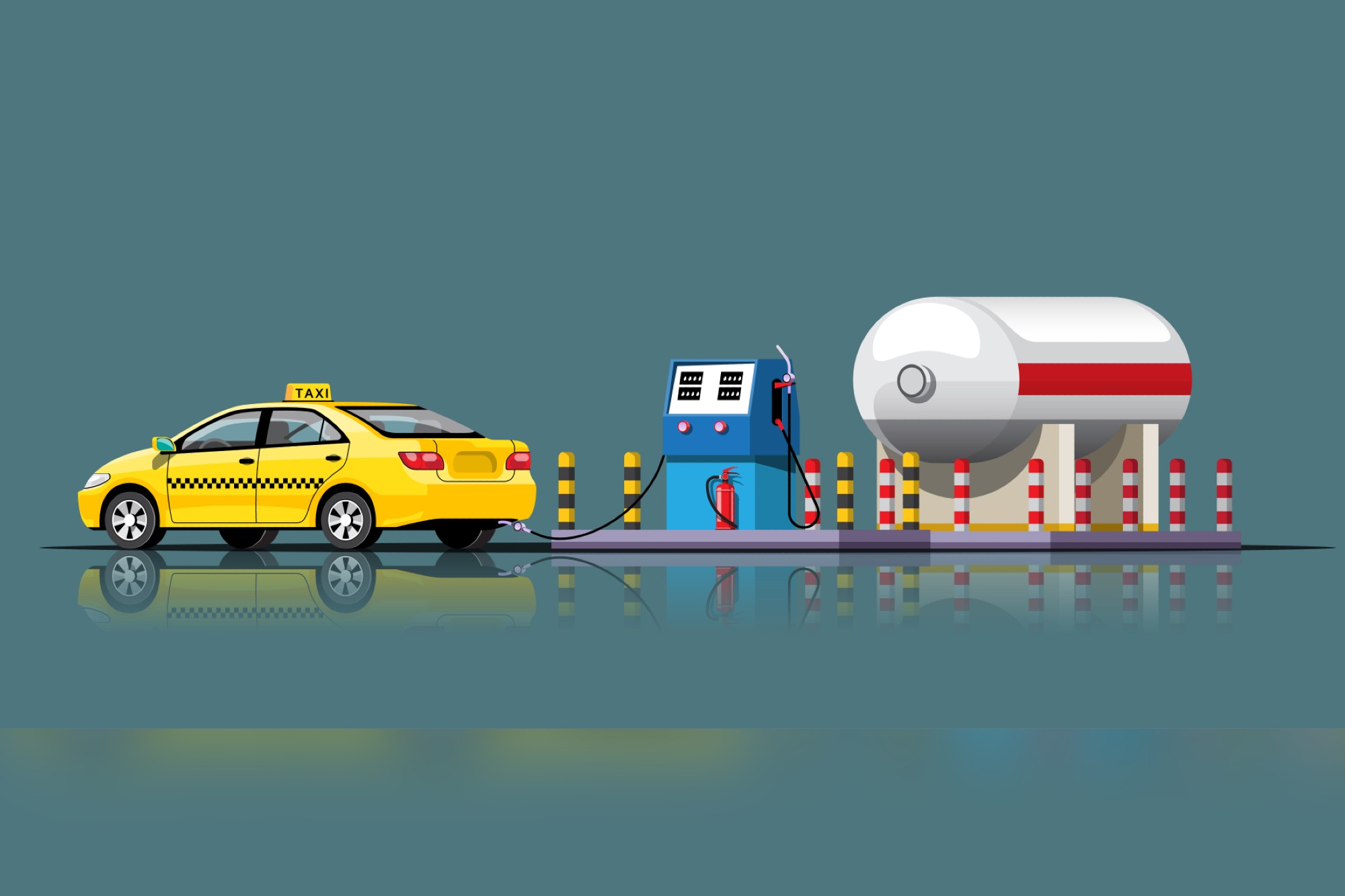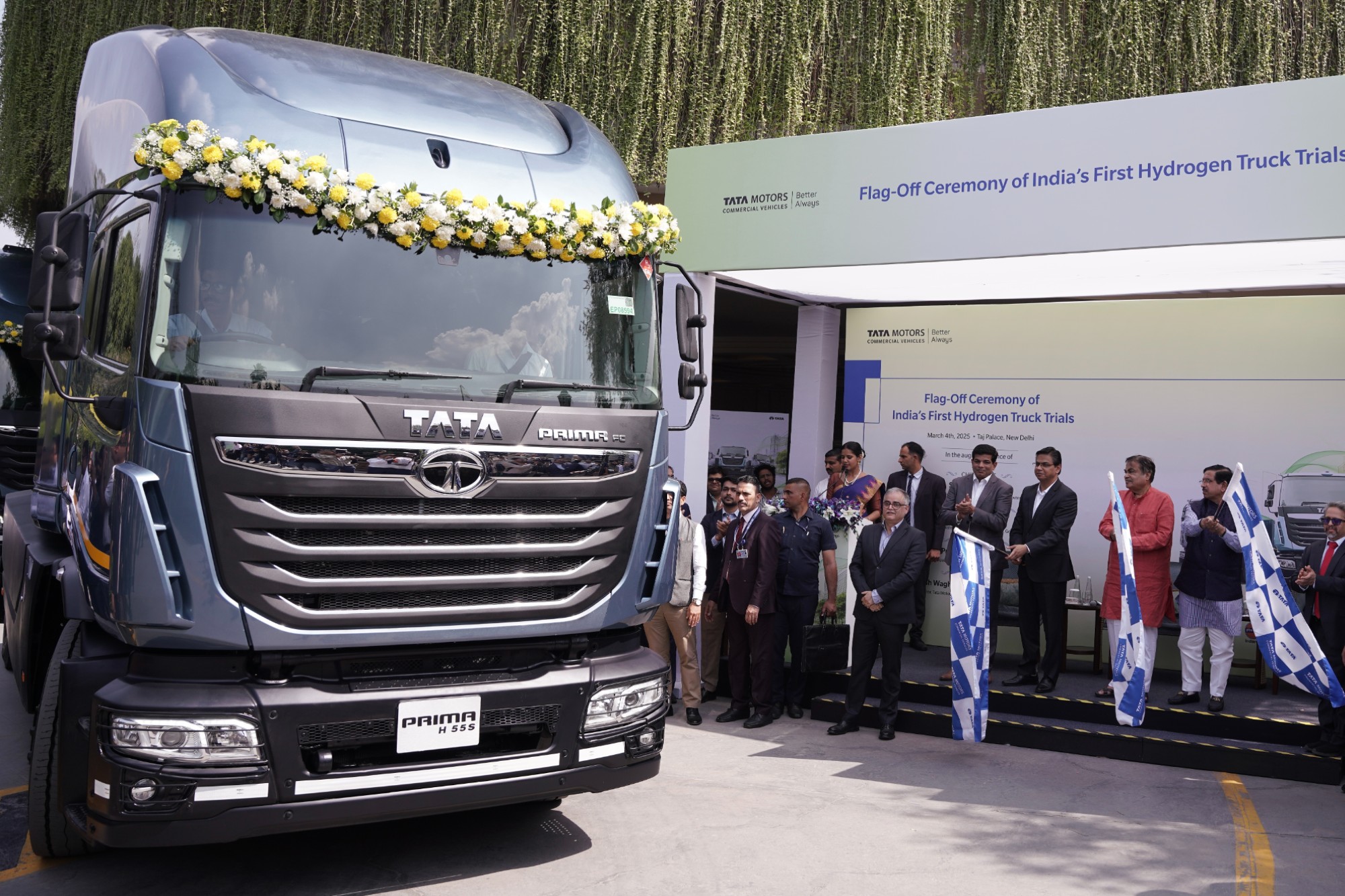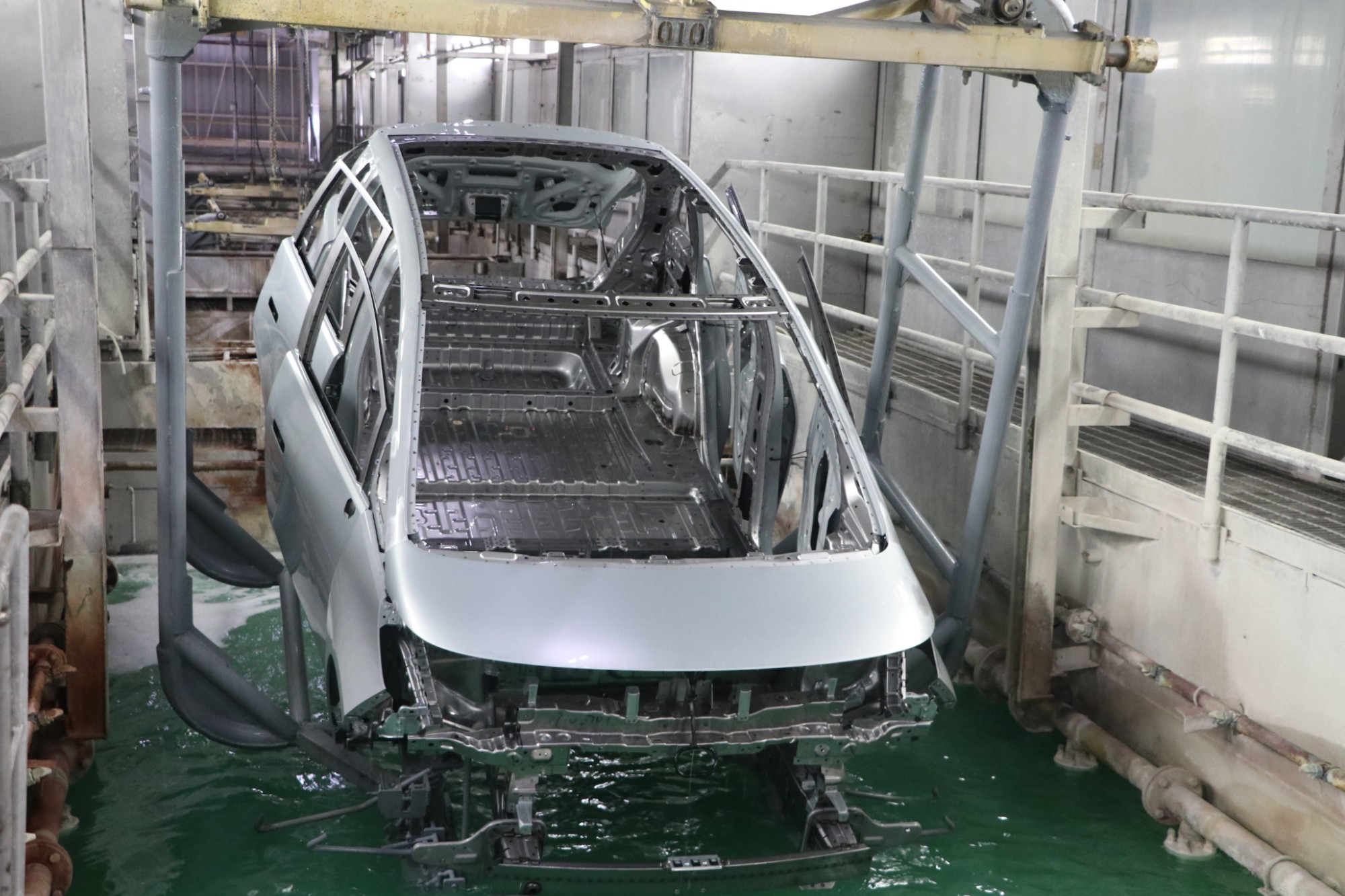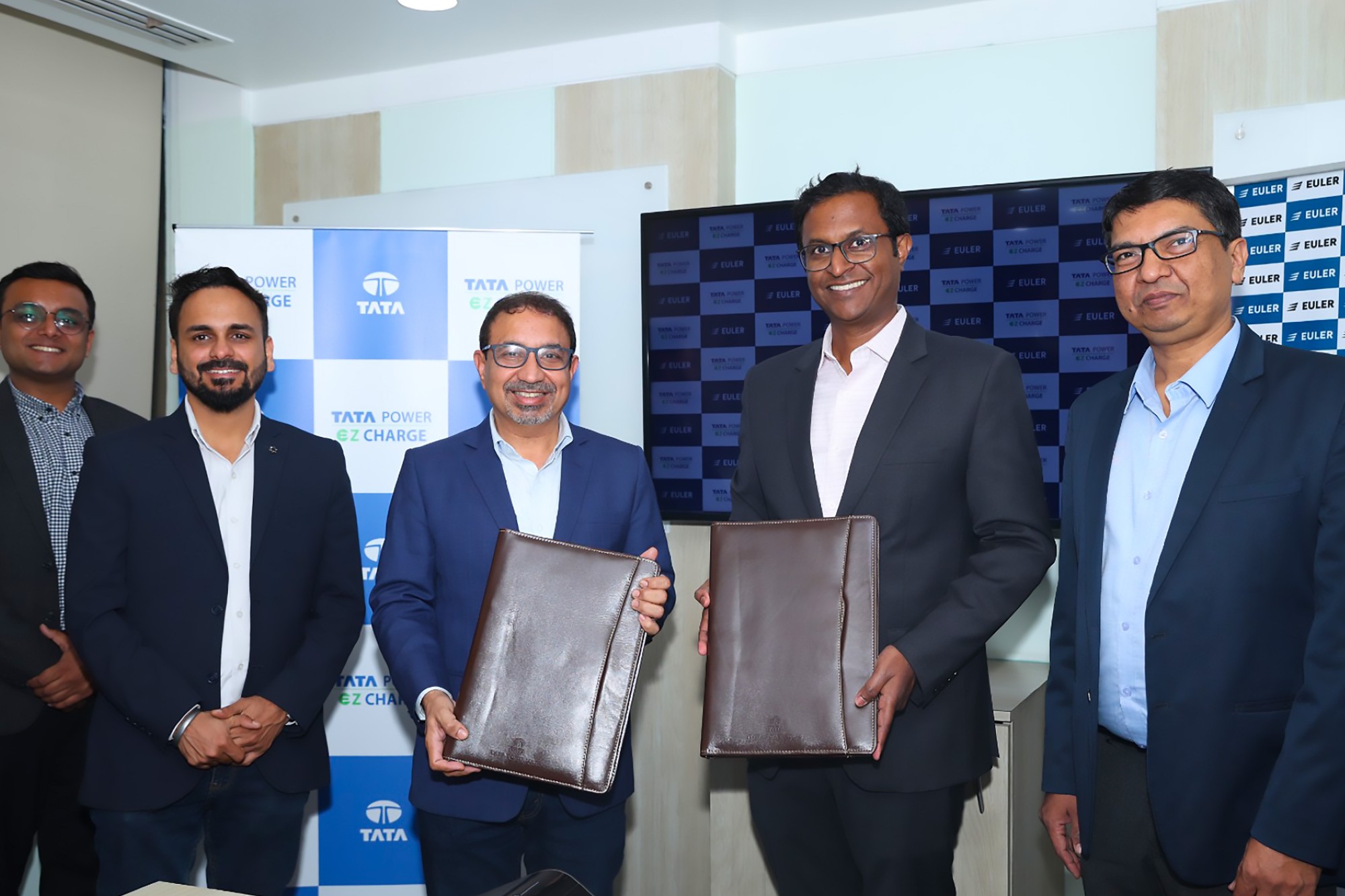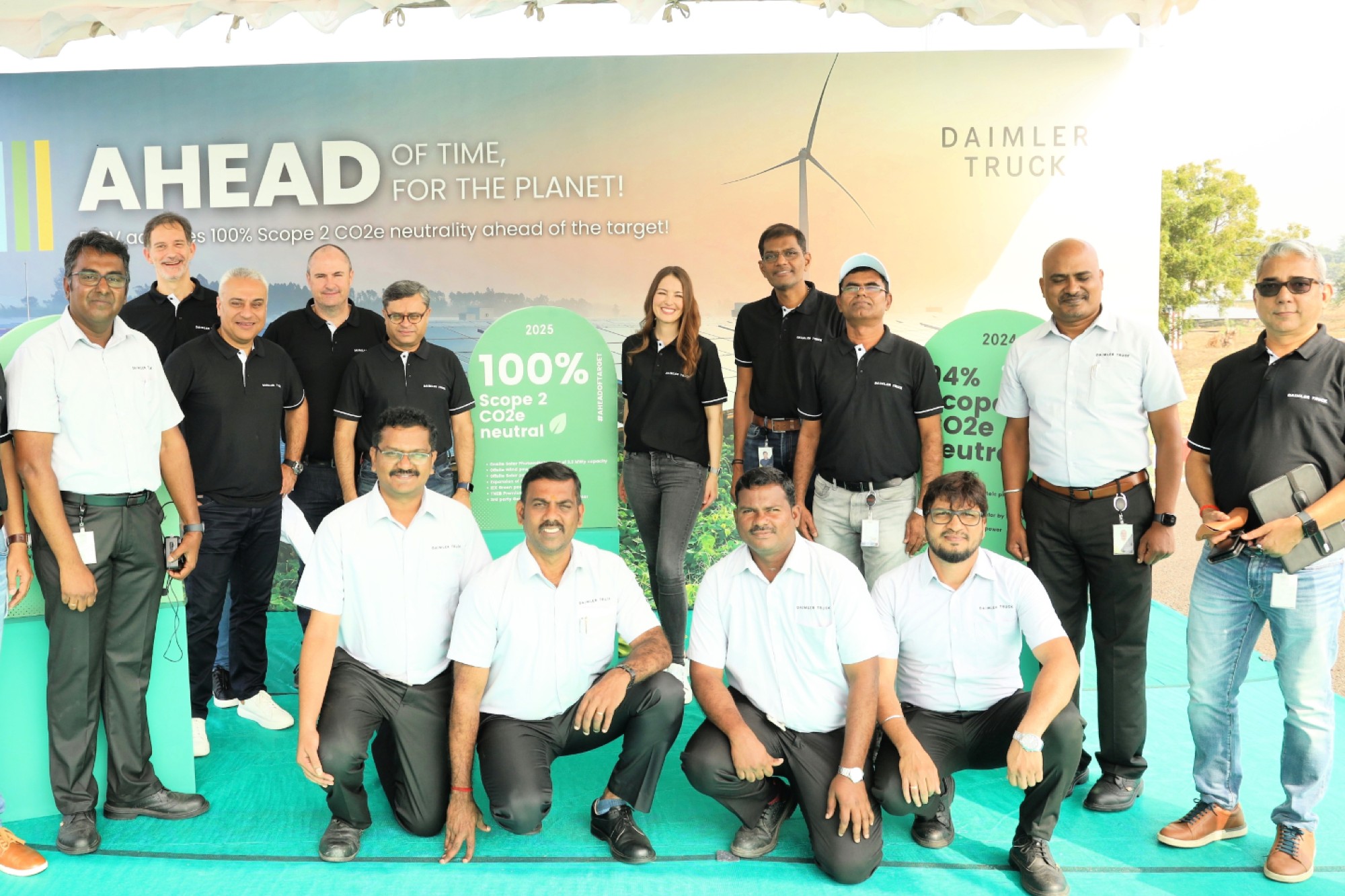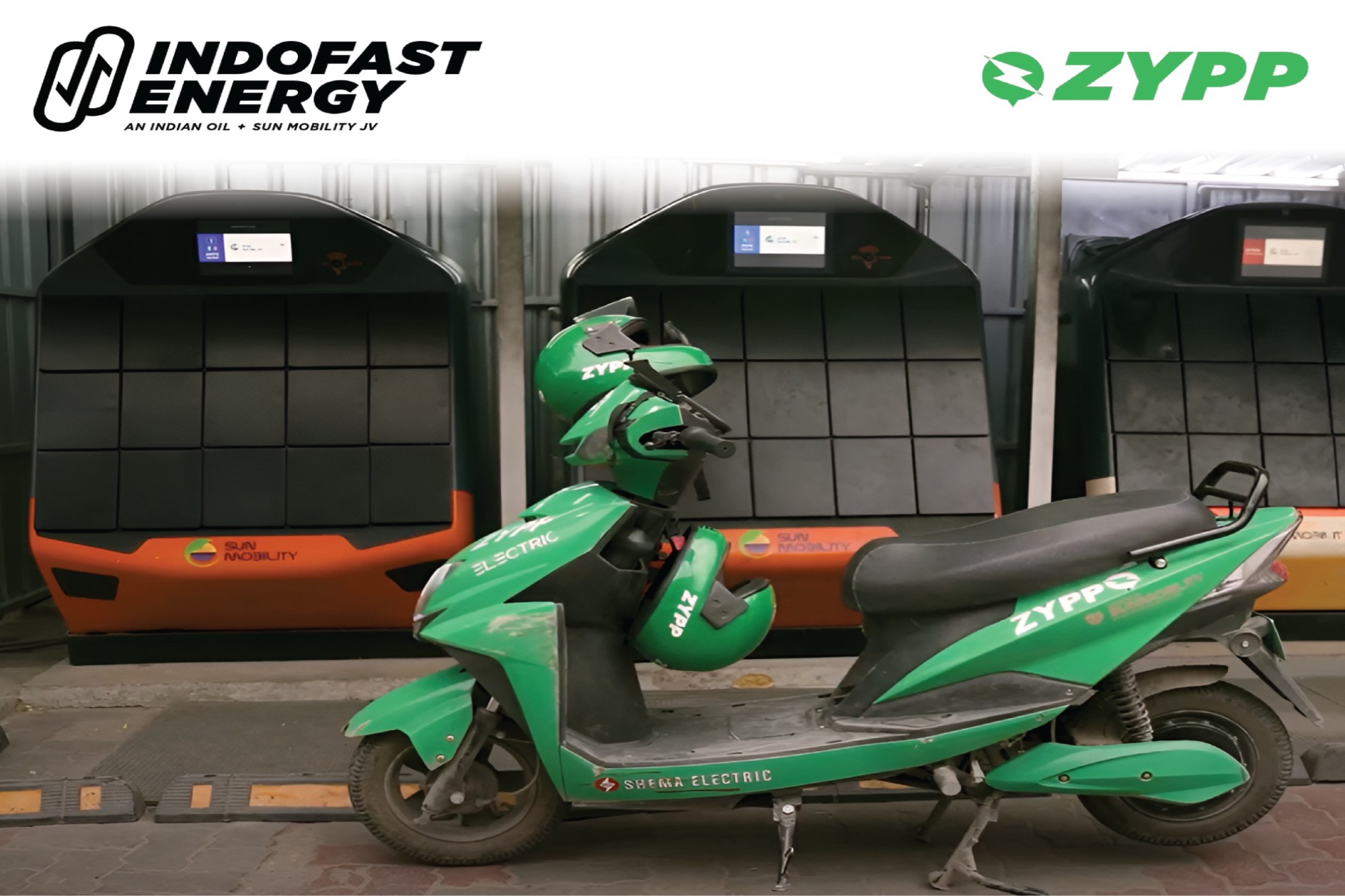Automotive components set to boost India’s GDP growth
By OEM Update Editorial December 29, 2023 7:42 pm IST
Sterling has diversified into EV components, securing the largest market share in India’s Motor Control Unit space. Mr Anish Agarwal, Director, Sterling G-take E mobility shares that with strategic expansion plans, Sterling aims for a prominent role in the evolving electric mobility landscape by 2030.
What common materials are used in manufacturing fasteners, and how does the choice of material affect their performance and durability?
The fastener industry is expansive and versatile, finding applications in automotive manufacturing, consumer electronics, white goods industries, construction industry among others. Fastening solutions are crucial in joining components across various products, from mobile phones to washing machines. Currently, Sterling primarily focuses on automotive fasteners, utilizing low-carbon, medium-carbon, and alloy steels to meet the requirements of automotive OEMs. Fasteners are also crafted from stainless steel, aluminum, Inconel, and titanium. Still, the use of Inconel and titanium is more prevalent in the aerospace industry for advanced fastening solutions. In contrast, mild steel and stainless steel find greater application in the chemical, process and construction industries.
How do fasteners differ in their permanence in affixing objects together?
A fastener selection involves carefully considering raw materials and heat treatment. These are crucial factors that directly impact the mechanical properties of the fastener. In any fastening solution, there is typically a male member, such as a bolt, and a female member, often a nut with internal threads. The specific mating part and vehicle application determines the choice of heat treatment and material. For instance, in the case of a wheel bolt destined for the hub or wheel of a passenger vehicle, the properties of the hub, including material, heat treatment, and even surface coating for rust prevention and friction properties, play a significant role in determining the characteristics of the fastener.
What environmental considerations are associated with the fasteners industry, especially concerning the production and disposal of these mechanical tools?
Regarding manufacturing fasteners, two critical environmental considerations come into play. Firstly, there’s the issue of pollution associated with the production process, particularly water pollution resulting from electroplating, a common step in fastener manufacturing. Sterling addresses this concern by employing zero liquid discharge facilities, ensuring that all water is treated extensively before discharge. This commitment to zero liquid discharge is maintained through advanced effluent treatment plants, effectively eliminating water pollution from manufacturing.
Secondly, there’s a focus on the product itself and the need to impart rust-preventive qualities to the fastener. This involves processes like electroplating or coating to safeguard the fastener against corrosion during its operational lifespan within a vehicle. Sterling takes proactive measures to ensure their fasteners’ longevity and reliability in diverse applications.
In addition to these efforts, Sterling demonstrates environmental responsibility by harnessing solar power through solar panels on its rooftops. This sustainable approach allows the conversion of sunlight into electricity, helping to reduce both the company’s reliance on the conventional electricity grid and its overall carbon footprint. This initiative is particularly impactful for powering office spaces and administrative blocks during daylight hours.
How has technology and innovation influenced the design and manufacturing of fasteners in recent years?
In fastener manufacturing, the core processes, like cold forging and thread rolling, have remained largely unchanged over the past two to three decades barring some improvements in the machine itself. These fundamental methods have stood the test of time. However, customer demands have driven notable shifts in the industry. There’s a growing emphasis on surface finishes that offer enhanced rust resistance and improved aesthetics. The need for sturdier fasteners with superior mechanical properties, achieved through advanced heat treatment, has also evolved.
While the fundamental nature of fasteners within the automotive sector has maintained a standard for the past two and a half decades, the landscape is changing. The rise of electrification and the pursuit of lightweight vehicles steer fasteners towards a more tubular and hollow design especially used in areas like battery packs and trays. This shift reflects the evolving demands of an industry increasingly embracing electrification and seeking innovative solutions for lighter and more efficient vehicles.
What industry standards does Sterling adhere to ensure fastener application quality and safety?
Sterling specializes in crafting fasteners primarily based on the specifications and standards set by OEMs. For any OEM standard, the company adheres to the specific engineering guidelines and process control audit procedures outlined by the respective OEM. A substantial 90-95% of our business is dedicated to meeting these OEM customer standards.
In addition to OEM-specific standards, Sterling ensures that its standard fasteners comply with global regulations. When exporting fasteners to different regions, the company aligns with the specific standards applicable to that geography. For instance, when supplying fasteners to Europe, particularly Germany, we follow DIN standards, and for exports to other regions, compliance with ISO standards is the norm. This approach underscores our commitment to tailor our products to meet the diverse needs and requirements of the customer base for their applications and geographic locations.
Please share your insights on the performance of the auto component industry.The future of the auto component industry looks promising as it is closely intertwined with the growth of the automotive OEM sector. Projections indicate a positive trajectory for the next decade, with significant opportunities stemming from the continued expansion of India’s automotive and mobility landscape. India, being relatively under-penetrated in both two-wheelers and passenger vehicles, presents substantial room for growth over the next 10 to 20 years.
In the two-wheeler segment, sustained growth is anticipated until the end of the current decade, with projections reaching around 25-30 million units annually. However, the passenger vehicle sector is deemed boundless, drawing parallels with China’s remarkable growth. Experts foresee India’s capacity to produce 12 to 15 million cars annually over the next two decades. This expansion not only opens avenues for the auto component industry to serve existing needs but also creates opportunities for localization, especially in the case of electric vehicles, battery packs, fuel cell vehicles, hydrogen technology, and general automotive electronics. The evolving landscape presents a fertile ground for the Indian auto component industry to diversify and thrive.
What transformations are visible in the auto components sector- an integral part of the EV manufacturing supply chain?
India’s EV manufacturing supply chain relies heavily on China, with some contributions from Korea and Japan. Despite notable strides in localizing components for two-wheeler electrification, particularly in motor control units where Sterling leads in India, several crucial sub-components within the EV supply chain, such as semiconductors, Mosfets, IGBT’s, sensors, remain dependent on imports.
While India can handle assembly processes by importing these essential components from countries like China, Taiwan, Korea, or Japan, true localization of electrification in India requires a shift toward producing these key sub-components domestically. This transformation is crucial for sustainable growth in the EV sector. Although the localization of these key subcomponents may take time, there is an anticipation that some of these critical components will be manufactured in India by the end of this decade. The Government of India is actively pursuing programs to promote the domestic production of semiconductors. However, the realization of these initiatives may take time due to the substantial capital investments involved, primarily feasible through joint ventures between Indian conglomerates and leading global players.
What role is expected of 3D printing for automotive component manufacturing?
The concept of 3D printing has been in discussions for about the past 15 years. Its primary application lies in creating rapid prototypes and gaining traction in aerospace industries, where volumes are small and price points are better. However, the widespread use of 3D printing for large-scale, repetitive manufacturing is still a considerable distance away from full commercialization as we stand today.
Significant investments are being made in this sector, particularly in electrification and autonomous vehicles. The potential of 3D printing in the automotive industry has yet to reach a level where it competes with traditional mass production techniques such as castings, forgings, and injection moldings. While there is optimism that 3D printing could play a role in certain automotive applications in the future, it is seen as a technology that needs more time to become a mainstream choice for mass production in the industry.
How is the auto component sector influencing growth in both domestic and international markets?
The auto component industry holds a significant position, contributing approximately 7 to 10% of India’s total GDP, which accounts for around 45 to 50% of the manufacturing GDP. This sector is a key indicator of the manufacturing health of the country. Looking at domestic prospects, there is substantial growth potential for passenger cars and two-wheelers over the next two decades.
On the global stage, opportunities have arisen for the Indian component industry to export internal combustion (IC) engine components to Europe and the US. As new IC engine development gradually phases out in these regions from 2027 onwards, India is poised to continue such production until at least 2032-35 and cater to the requirements in Europe in particular given the regulations to phase out IC Engines by 2035. This presents a window for supplying IC engine components not only to Europe but also to North America markets.
India stands to export electric two-wheelers to Southeast Asian nations like Thailand, Vietnam, Indonesia, and the Philippines for electric vehicles. The advent of electrification has levelled the playing field, offering Indian companies an equal footing against global competitors, both established players and emerging startups.
How does Sterling contribute to the automotive components sector?
Initially established in 1980 as a manufacturer specializing in high-tensile fasteners for the automotive industry, our core business remains focused on serving OEMs across various vehicle segments. However, the company has strategically diversified its portfolio into EV components in the past four to five years. Sterling has gained a large market share in India’s Motor Control Unit space, marking a significant presence in the evolving electric mobility landscape. We plan to expand our footprint within the EV and electronic supply chains, ensuring relevance and a secure future in the industry by 2030.
Cookie Consent
We use cookies to personalize your experience. By continuing to visit this website you agree to our Terms & Conditions, Privacy Policy and Cookie Policy.



